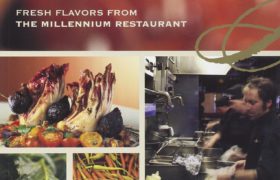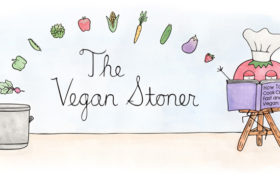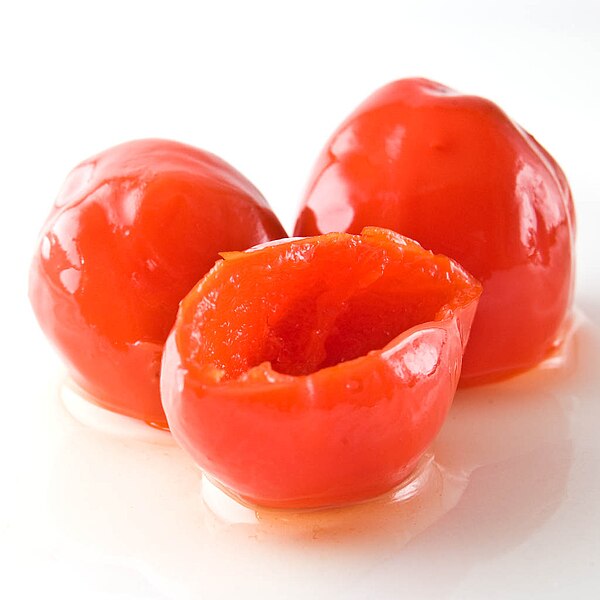For the month of September, this blog will be devoted to VeganMofo. Tune in while I provide short reviews of some of my favorite, and least favorite, vegan cookbooks.
The Artful Vegan is exactly the kind of cookbook that home cooks complain about. The recipes require multiple premade components, 20+ ingredients, unusually sourced items, and a massive time commitment. It’s definitely designed to be a looker, not a cooker.
It’s also one of the vegan cookbooks that I use the most.
At first, it was because of necessity. I was a new vegan an my omnivorous friends, lured by the lush photography, gave it to me as a gift. I wasn’t yet hooked into the vegan food blog network like I later would be, so this daunting restaurant-focused guide was all that I had.
From this cookbook, I learned to make vegan sloppy joes. Unlike the mix-with-ketchup recipe you find on the back of a TVP packet, The Artful Vegan version combines 12 ingredients in just the sauce. Another 12 are involved in cooking the tempeh and the suggested serving includes homemade focaccia. I may have used all of the ingredients the first time, but I didn’t make the bread. Overtime I pared down the recipe, stripping out one or two ingredients each iteration, until I had a recipe that was quick and easy but also made a way classier sloppy joe than you can imagine. That’s right–a classy sloppy joe. The Artful Vegan‘s got that.
I learned to do this with several of the recipes in the AV. The Miso-Broiled Japanese Eggplant over Noodle Cakes didn’t need the walnut-miso sauce or wasabi cream to be fantastic, I learned, but it did need something crunchy like the noodle cakes to balance out the texture. Thanks to the AV, I was soon cooking seemingly intensive, gourmet meals cheaply and easily.
Now, roughly 10 years later, I don’t consult the AV anymore. Although I have many of its photos memorized, like the iconic mushroom parcel perched atop creamy polenta with a grilled pear sinking in beside it, I rarely flip its pages. I have already took the lesson that I needed from it–that not all fancy cookbooks are wrong for home cooks, that the only thing keeping cheap food from being quality food is determination–or, in my case–naive experimentation.



